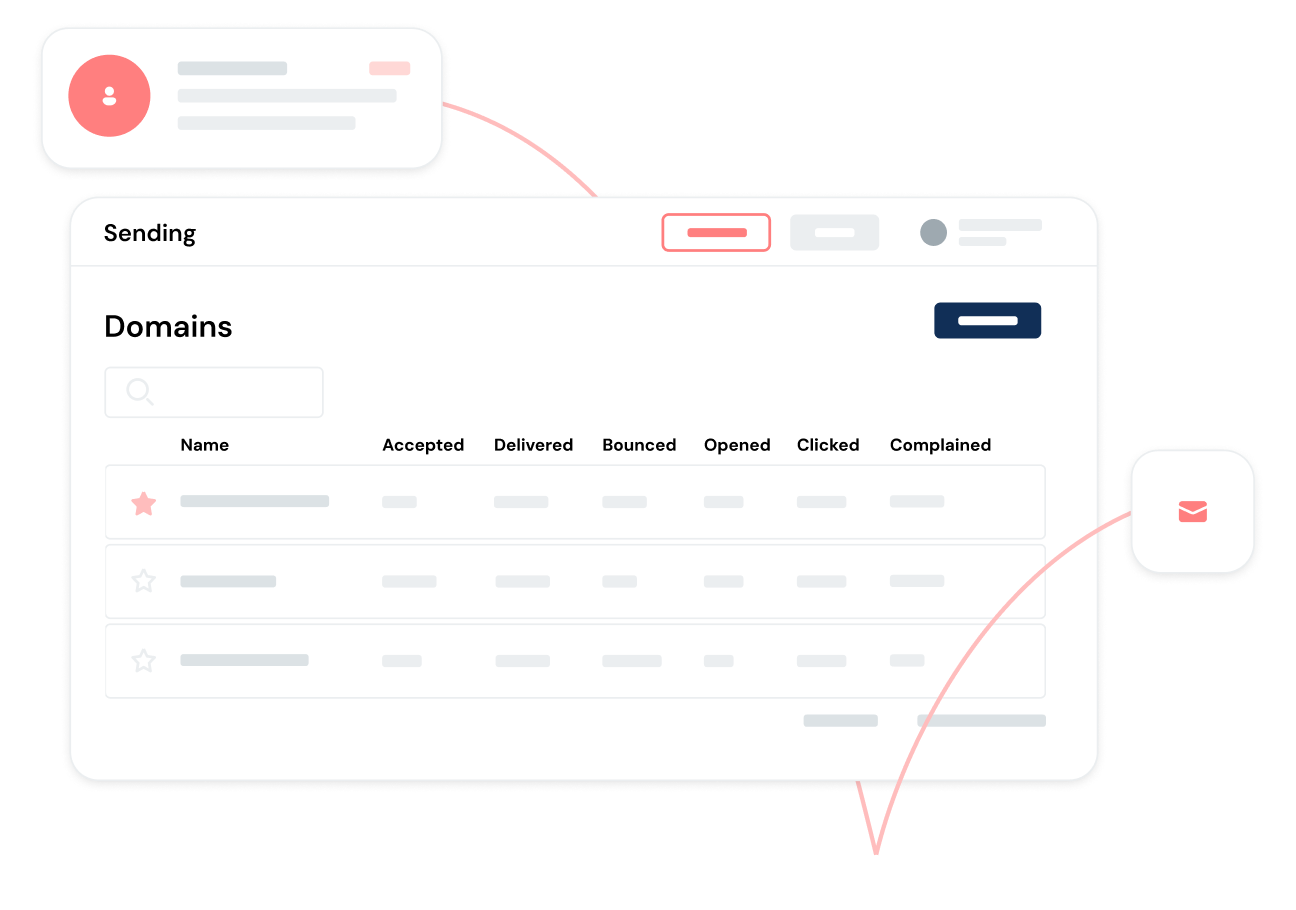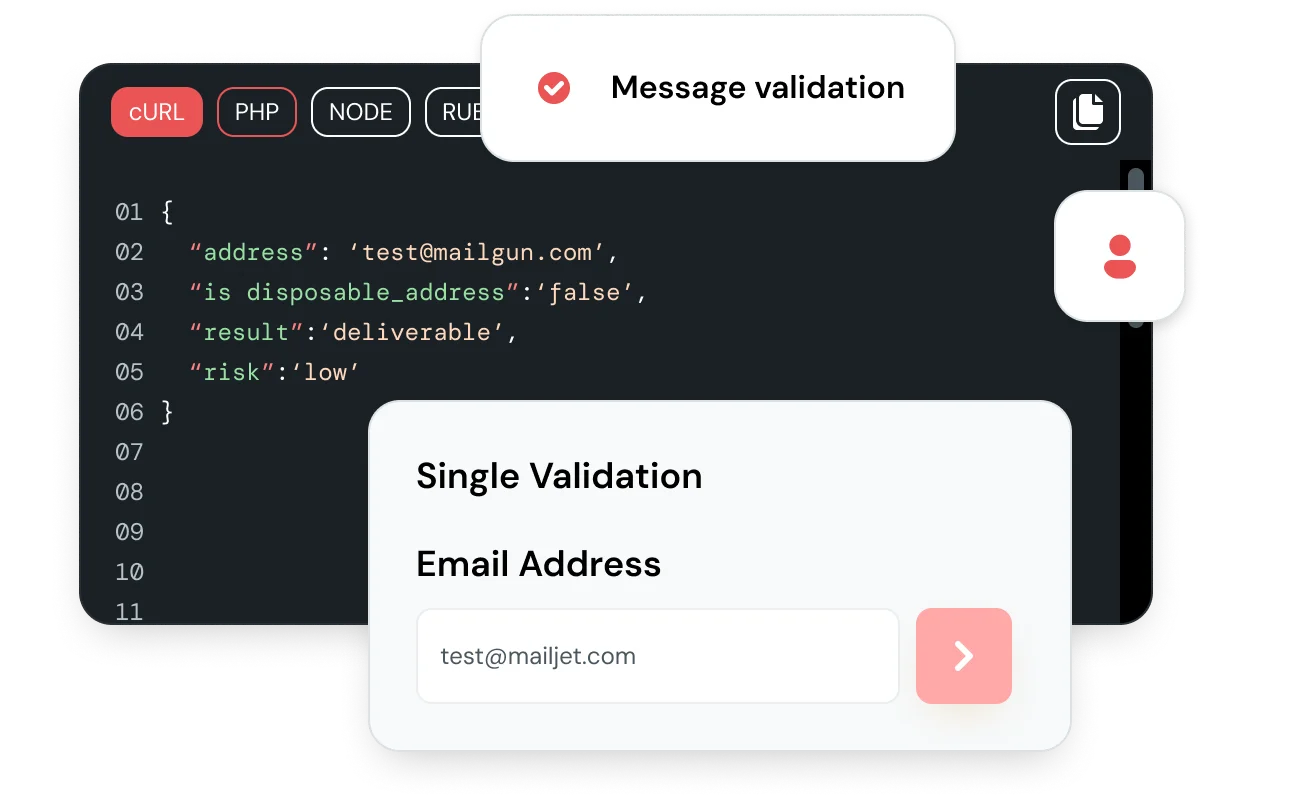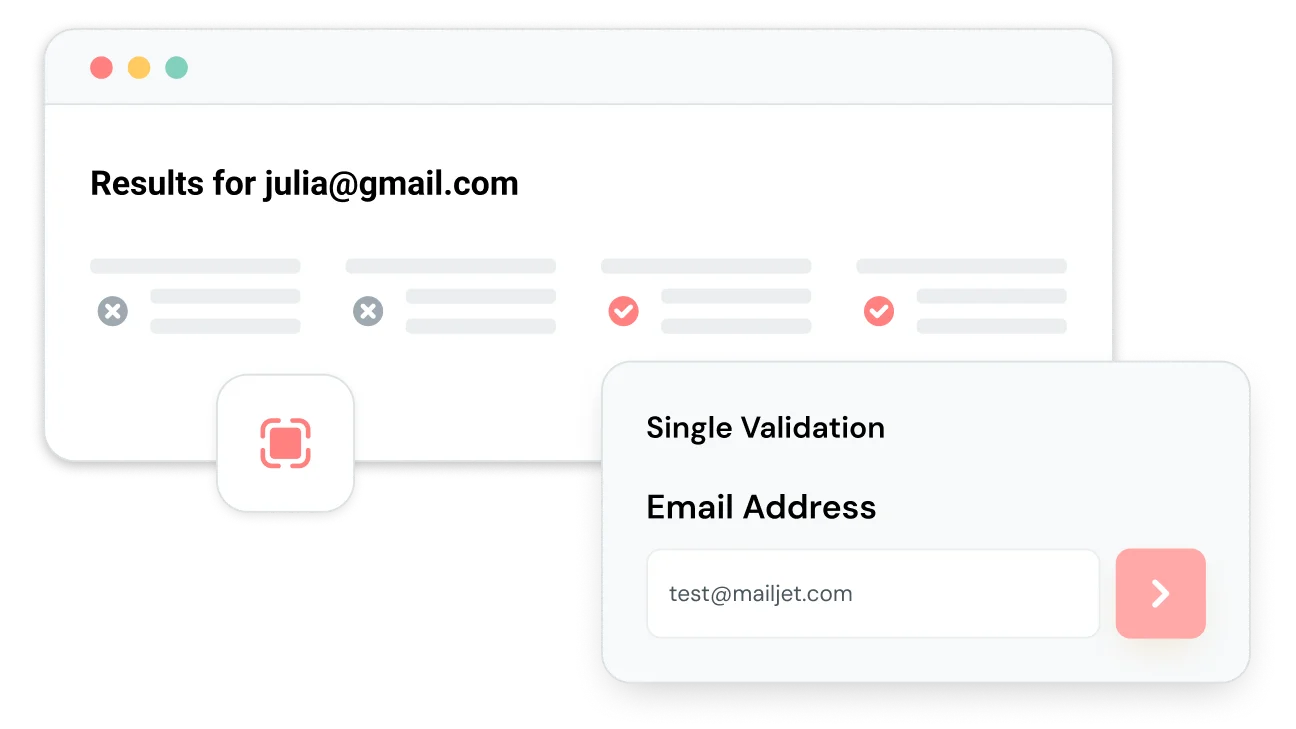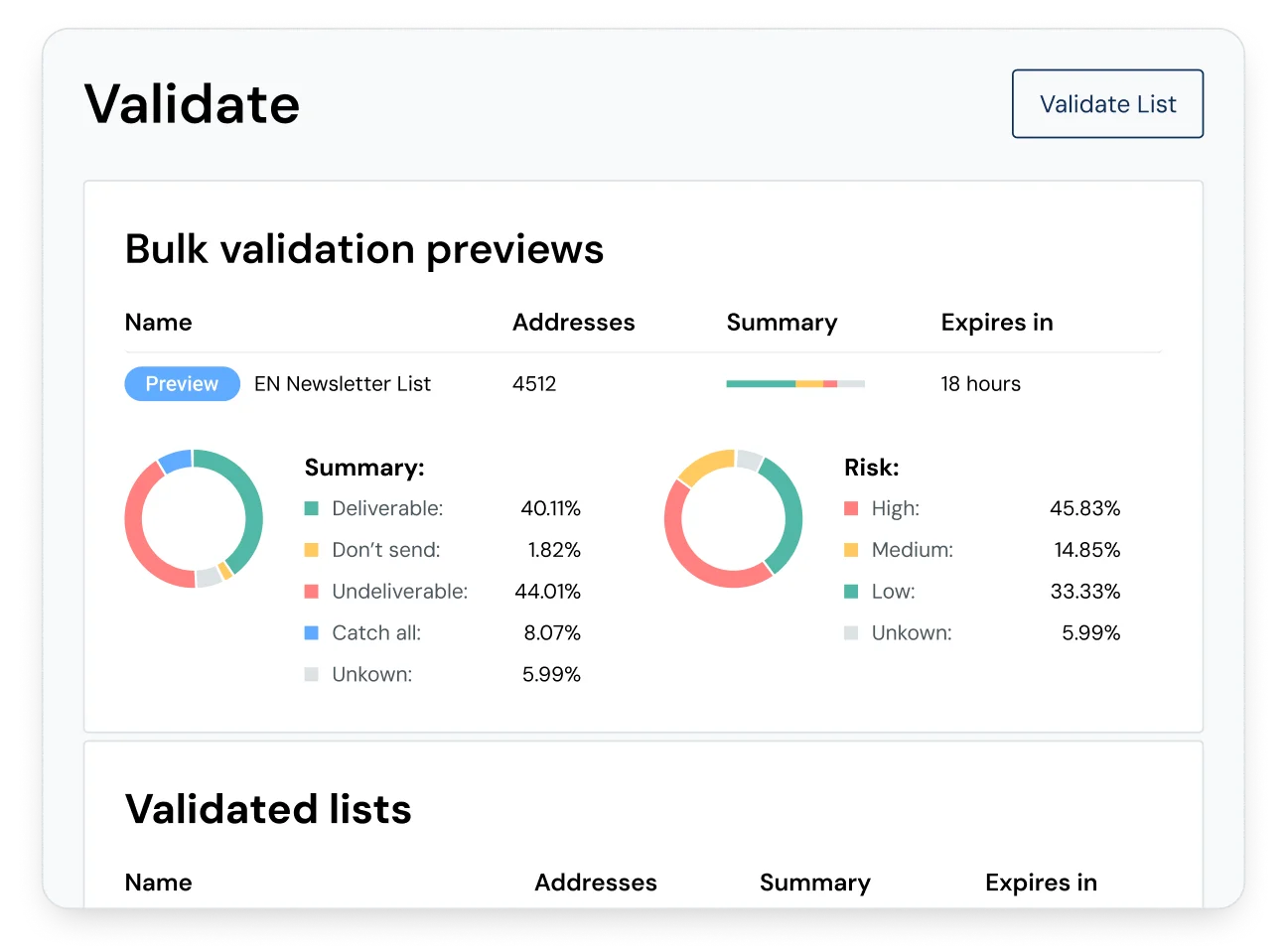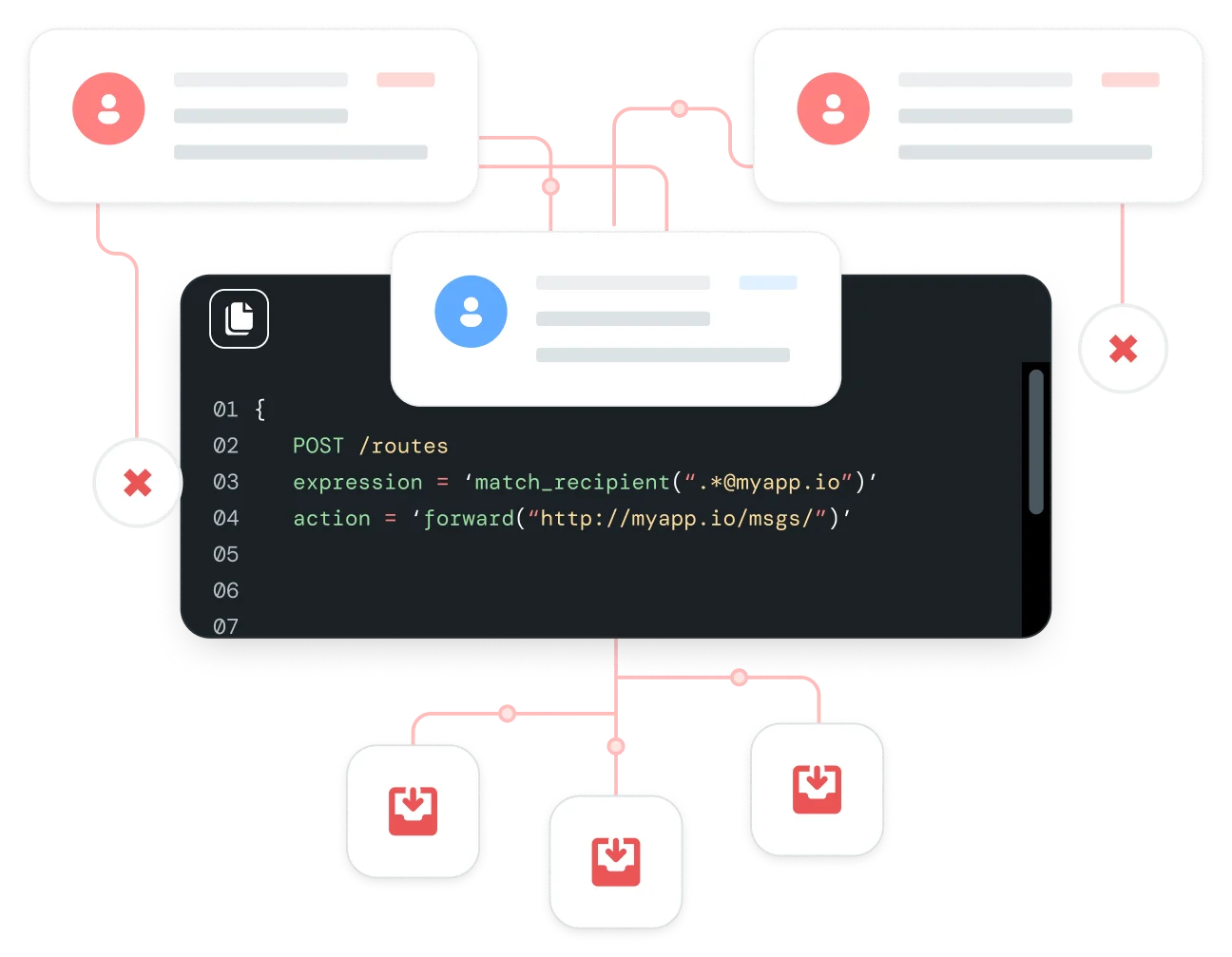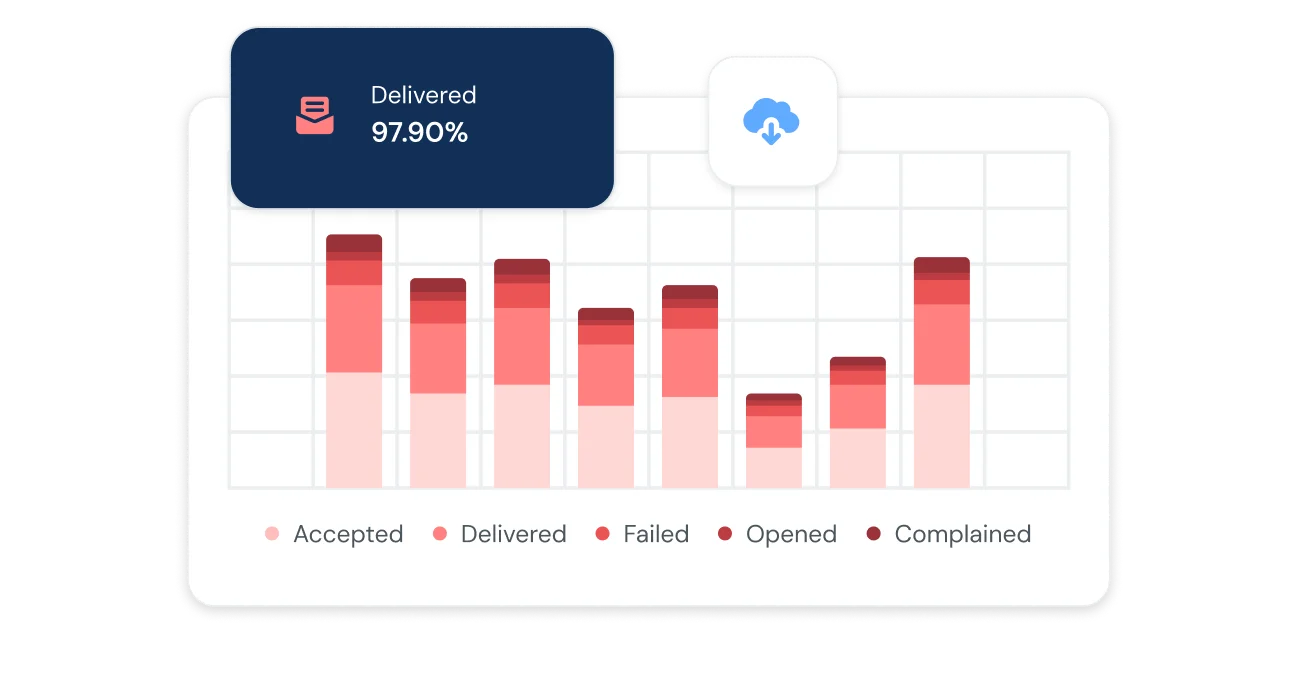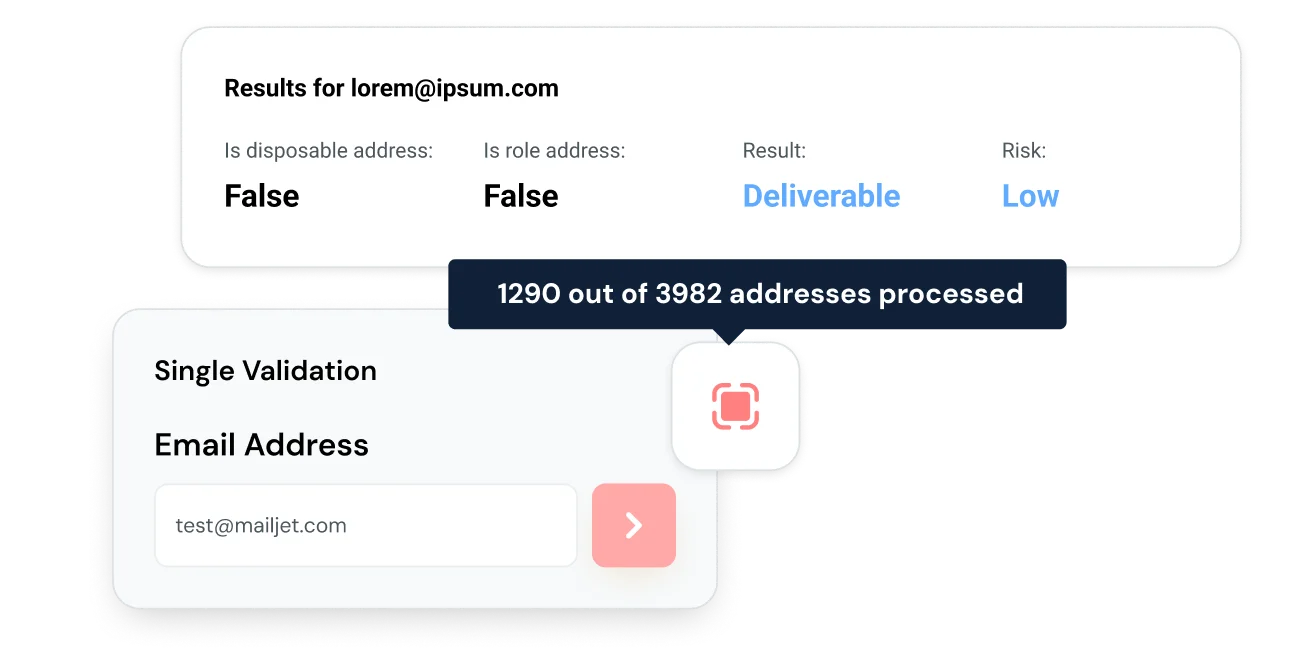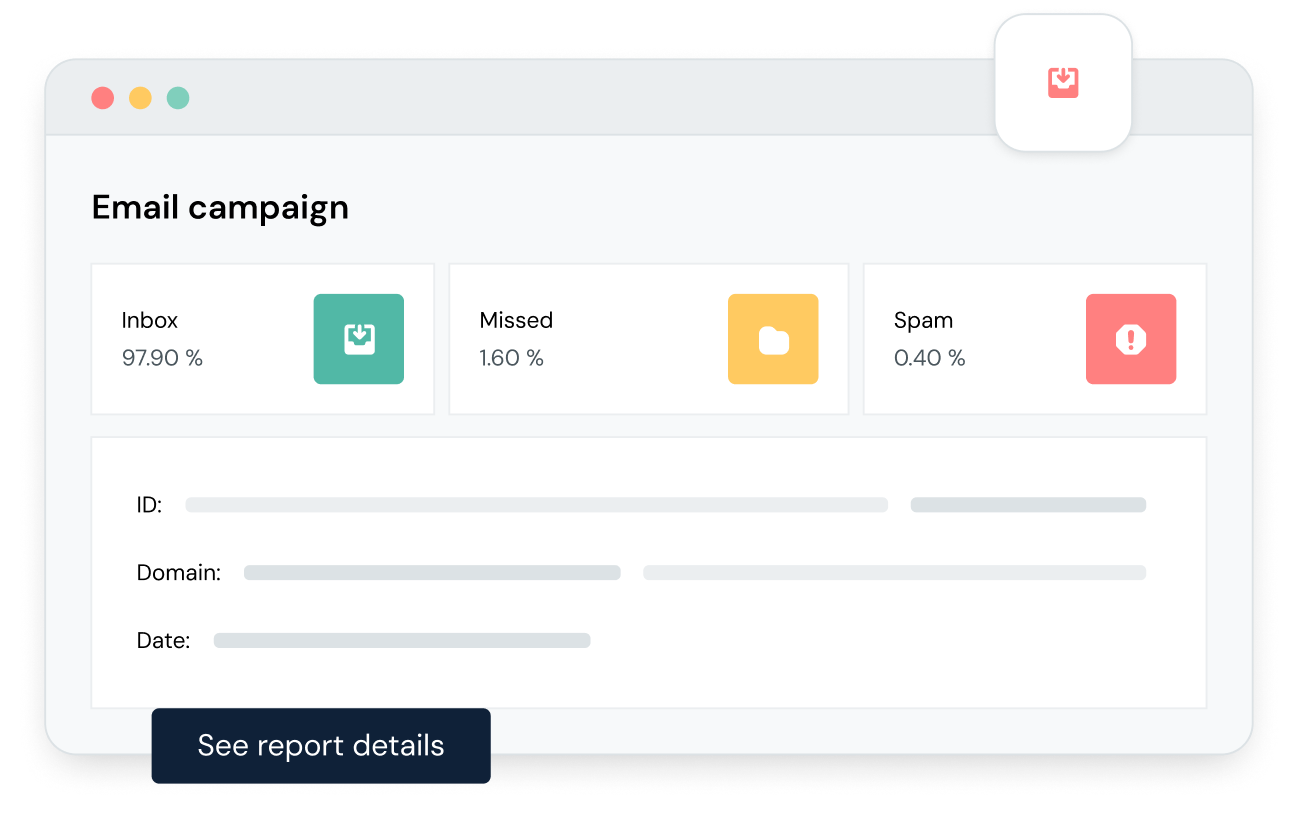
The key to a high-performing email marketing program? Proper email list hygiene.
Everyone knows that proper dental hygiene starts with brushing and flossing. You may see your dentist every six months for a cleaning, but the best way to prevent cavities and keep your pearly whites clean is from boring, regular old routines you learned when you were little. You wouldn’t skip brushing your teeth, would you?
That’s exactly what email marketers do when they don’t practice good email list cleaning. Regularly removing duplicate email addresses from your list, performing an email list verification, and evaluating your segmentation matters for your success.
It may not be exciting, but we all have to do it.
With Mailgun, you can get a clean email list without having to do as much of the tedious legwork yourself. Our email checker does it all for you.

